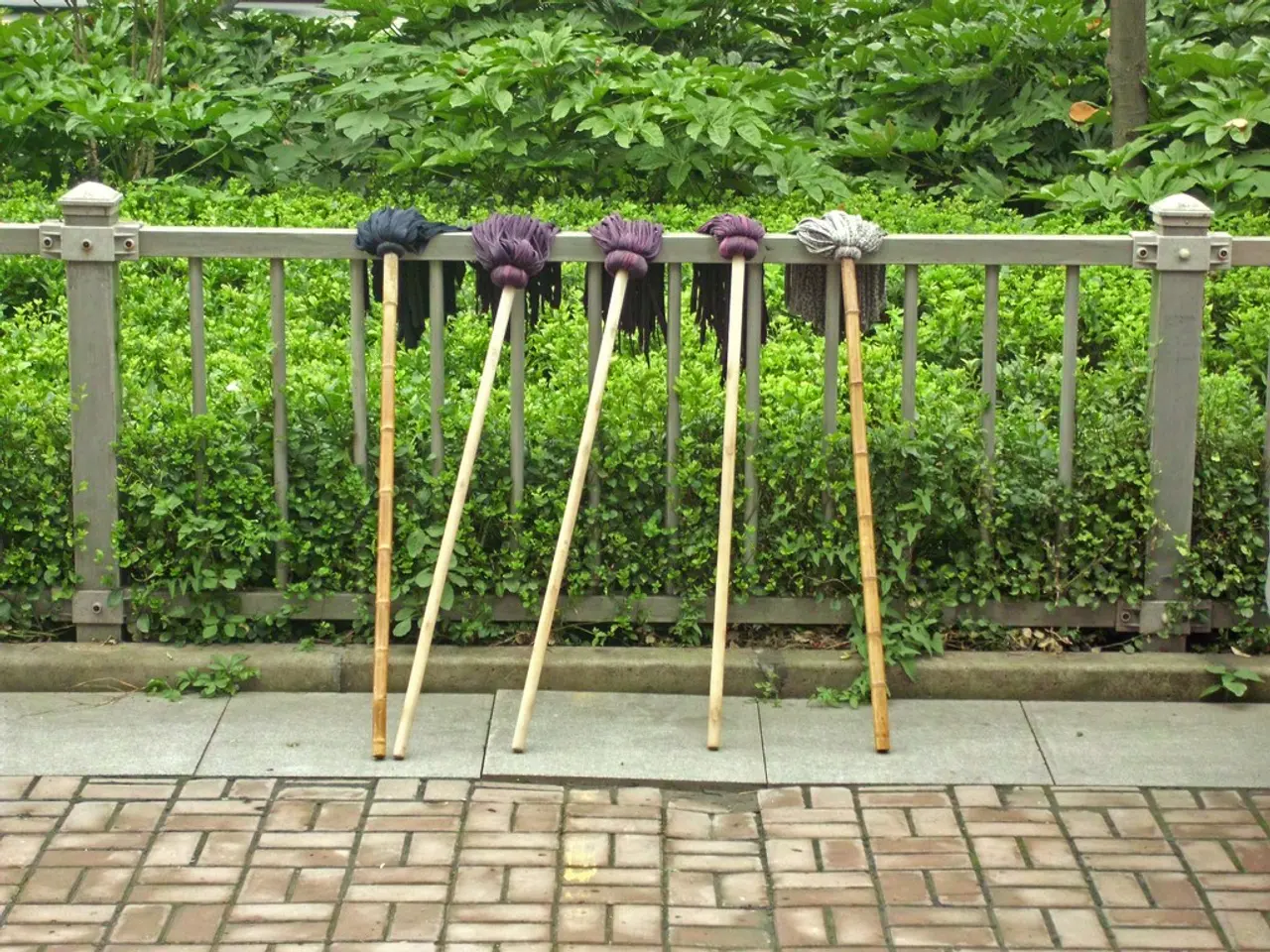Nuclear facility in South Carolina encounters hostile wasps
In the heart of South Carolina, the Savannah River Site (SRS)—a nuclear facility with a rich history dating back to the 1950s—continues its transformation from a Cold War-era nuclear weapons production complex to a site focused on nuclear fuel production for civilian purposes and an ongoing environmental remediation effort.
For over six decades, the SRS has played a significant role in the U.S. nuclear arsenal, producing plutonium and tritium, key components of nuclear weapons. The site's graphite-like plutonium oxide powder was sent to Rocky Flats, Colorado, to be processed into nuclear warhead triggers called plutonium pits[1][4][3]. However, with the end of its weapons production mission more than two decades ago, the SRS has shifted its focus towards environmental cleanup and nuclear fuel production.
The cleanup process at the SRS is a multigenerational endeavour, addressing the long-term radioactive contamination left behind from its weapons-era operations. The site holds liquid radioactive wastes—contaminated with elements like cesium-137 and cobalt-60—in underground tanks, some of which have been closed and stabilized while others remain active. These tanks contain millions of gallons of hazardous waste, and the older tanks are increasingly vulnerable to leakage, posing threats to local freshwater aquifers[2][4].
Recently, an unexpected challenge has arisen in the form of radioactive wasp nests. On July 3, workers at the site discovered a radioactive wasp nest on a post near a tank used to store nuclear waste. This discovery marks the fourth such incident at the SRS, with three additional nests unearthed during routine work activities[5]. The species of wasp involved in the nests remains undisclosed.
The radioactivity in the wasp nests resulted from on-site legacy radioactive contamination. The presence of these nests could indicate new or old radioactive contamination coming to the surface. Although wasps don't typically travel far from their nests, there may be potential risks related to undetected contamination[6]. The wasp nest was sprayed and bagged as radiological waste, and the discovery is being viewed as a "red flag" that should lead to more surveillance and investigation[7].
The U.S. Department of Energy has assured that the discovery of the radioactive wasp nests does not pose a health risk to workers, the community, or the environment[8]. However, the incident underscores the need for continued vigilance and understanding of the radioactive contamination and its potential impact on the ecosystem.
The Savannah River Site's journey from a Cold War nuclear weapons production complex to a site focused on nuclear fuel production and environmental remediation is a complex one. The discovery of radioactive wasp nests adds a new layer of complexity to the ongoing cleanup efforts, highlighting the need for continued scientific research and vigilance.
References: 1. Savannah River Site History 2. Savannah River Site: Environmental Cleanup 3. Plutonium Production at Savannah River Site 4. Savannah River Site: Legacy Waste Management 5. Four Radioactive Wasp Nests Discovered at Savannah River Site 6. Wasps Don't Typically Travel Far from Their Nests, but There May Be Potential Risks Related to Undetected Contamination 7. Discovery of Radioactive Wasp Nests a "Red Flag" at Savannah River Site 8. Radioactivity in Wasp Nests at Savannah River Site Posed No Health Risk, DOE Says
- The multigenerational environmental remediation effort at the Savannah River Site (SRS) is not just about addressing legacy radioactive contamination, but also potential health-and-wellness implications for the community, such as the recent discovery of radioactive wasp nests.
- With a history dating back to the 1950s, the SRS has shifted its focus from nuclear weapons production to nuclear fuel production, but the ongoing climate-change effects on health-and-wellness, as well as the ecosystem, necessitate continued scientific research in environmental-science.
- Concerns about the potential impact of the SRS's radioactive waste on health and the environment persist, as demonstrated by the presence of radioactive wasp nests and the vulnerability of older underground tanks that store millions of gallons of hazardous waste.
- As the SRS continues its transformation, it is crucial to emphasize not only the production of nuclear fuel, but also the importance of proactive measures in health, community well-being, and environmental protection, as climate-change factors may alter existing risk evaluation criteria.




